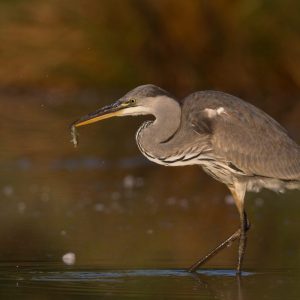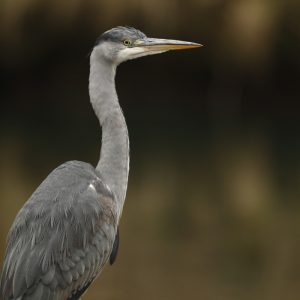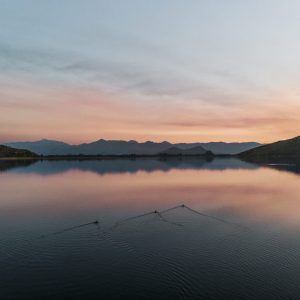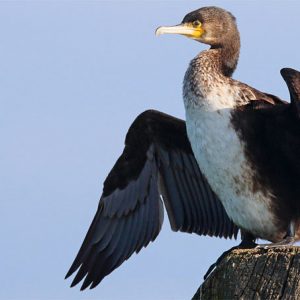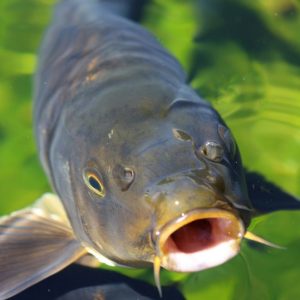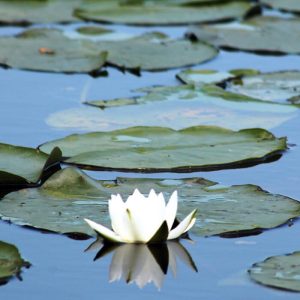Montenegro abounds with a very rich animal and vegetable world, and as the richest Montenegrin animal and plant habitat, the National Park Skadar Lake stands out. The most important part of the flora and fauna in this important habitat and ecological area are the following species: birds, fish and plants. The biggest attraction of the Skadar Lake, which is always recognizable for the diversity of the flora and fauna, are birds. Skadar Lake as an area with very favorable natural conditions, represents one of the richest habitats for birds in Europe, that is, it is the most important habitat for birdworms in Europe.
Fauna – birds
There are about 280 species of birds on their lake, many of which are endangered and hardened. In addition to indigenous species, their sanctuary also includes birds from far distant parts and represents one of the 5 most important birdhouses in Europe. However, although on the lake we have an expansion of some species such as the Danube, we also have a reduction in some bird species: small sparrow, dwarf duck, reddish duck, Dalmatian pelican and gray heron. Nevertheless, despite the decrease in the number of bird species, the criterion prescribed by the Ramsar Convention on the number of winter birds is not distorted. The environmental impact of environmental degradation and, consequently, the decrease in the number of some species, the greatest impact is anthropogenic factor, then climate change and the change in the level of lake water. Among the hardened and endangered species were found large white herons, puddle pelican, black ibis and snail livadarka.
From the species of birds from the marine ecosystem on the lake can be found: sea buns, seagulls and tern.
One of the reasons that Skadar Lake is said to be a “paradise for birds” is that various species of ducks can also be found in its area (wild, whistle, owner, porridge, bird, reddish duck), then goose (wild goose , small goose), bekasin, heron spoon, ryby misar, various types of eagles (mountain, dwarf, eagle claw, royal eagle, bleach, steppe), griffon vulture, big bumblebee, big mouth, baljochka, small dove, macudan, gray gull, ordinary seagull and others.
Pelican is a trademark of the Skadar Lake, and is one of the most endangered birds. It is known to the pearl of the pelican, whose scientific name is Pelecanus crispus. Only this kind of pelican lives on Skadar Lake because the other, related, so-called. white pelican (P. onocrotalus) is not documented in this area.
Curly pelican is the largest of all pelican. An outstanding flyer, an excellent swimmer, an unbeatable fisherman. Below more than half a meter long beak hangs an unusual bag, unique in the bird’s world. It is believed that the pelican preserves the stock of caught fish. In fact, the bag is primarily a fishing tool, with it birds fish in shallow waters, since the pelican is the only bird-sailing ship that can not dive. She feeds the young out of the bag, cools her during the hot summer days.
Fauna – Ihtiofauna
It is very rich and diverse, and its wealth and development are influenced by the favorable conditions that prevail in Skadar Lake. Based on numerous research, so far about 50 species of fish have been found. In the lake the most dominant are fish from the carp family, and due to tributaries and underwater sources, which have different physico-chemical characteristics of the lake, in the lake can be found salmonid fish, or fish from the family trout. Also, because of the proximity of the Adriatic Sea, some sea fish can be found in the lake. It is believed that there are 30 autochthonous and 15 allochthonous (introduced) fish species in the basin of the lake, while 6 endemic species can be found in the basin of the Skadar Lake, which are: small cube, zeta mecca, scadia, white brcak, Montenegrin head. Of economic significance, that is, for commercial hunting, the most important thing: the carp, carp, brush, yellow and eel, and besides them are also important: clown, cupola, small cube, jumper, levrek, plavić, kinez and grgeč.
Plants (flora)
When the plants are dominated by wetland vegetation, they are dominated by: mowing, kasaronya, white and yellow duck, reed, rush, sarcasm, zucchini, sash or brnist, and others.





